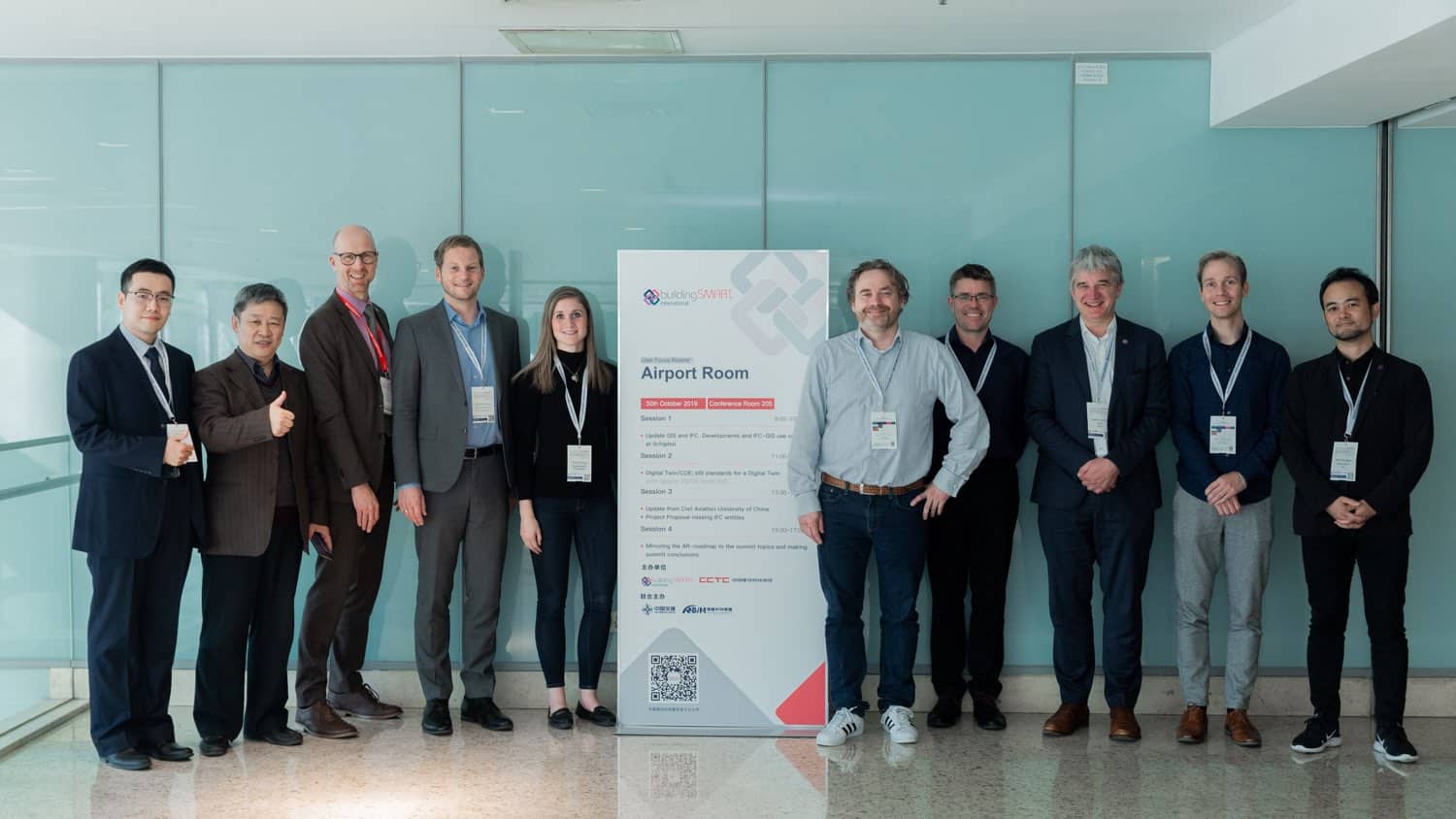Airport Room Progress Report

The Airport Room has built up significant momentum in its activities in the past months which align with the following high-level considerations:
- The Airport Room delivers value to Airport owners and operator and therefore for all customers and users of Airports.
- The Airport Room is a user oriented Room where future needs are assessed from a strong owner and user perspective.
- The Airport is an ecosystem where almost all buildingSMART International activities come together and can be synchronized and validated.
- This environment helps in identifying missing entities and specifications.
New members joined us from various parts of the world, and we established our current Steering Committee from representatives of those members. With four major airports, academic institutions, and 15 steering committee members, we clarified the next steps in keeping our roadmap up-to-date and implementing the intentions document in it. Our new members provide us with valuable insights from their practice and experience which we integrate to see common patterns and challenges that we can solve together. While we continued our ongoing work (e.g. for connecting BIM and GIS), we also outlined new project proposals that we will formalize in the next few months. Our monthly steering committee meetings prepared the group for a great conference in Beijing in October.
The highlights from the Standards Summit in Beijing included a joint session with the Technical Room, Product Room, and Building Room which provided an opportunity to explore the overlaps of research and development. Active communication between the Rooms promote efficiency in using resources and allow for accelerated results for common challenges. For example, the Facilities Management Model View Definition considered by the Building Room is relevant for the Airport Room in the near future.
A well-structured program at the summit made it possible to cover a great number of presentation topics including automated enterprise-wide quality assurance and the latest improvements in reality capture. The participants also discussed more detailed collaboration with the Chinese Civil Aviation University focusing on a proposal to add missing IFC entities. The in-person discussions strengthened rapport and the foundation for remote teamwork between the semi-annual meetings. Our members are planning to expand the engagement with additional airports and leverage our existing partnerships with other organizations pursuing open standards (e.g. Open Geospatial Consortium).
The Airport Room Steering Committee members met in person in Madrid in January and further helped consolidate the coordination with other Rooms and organizations